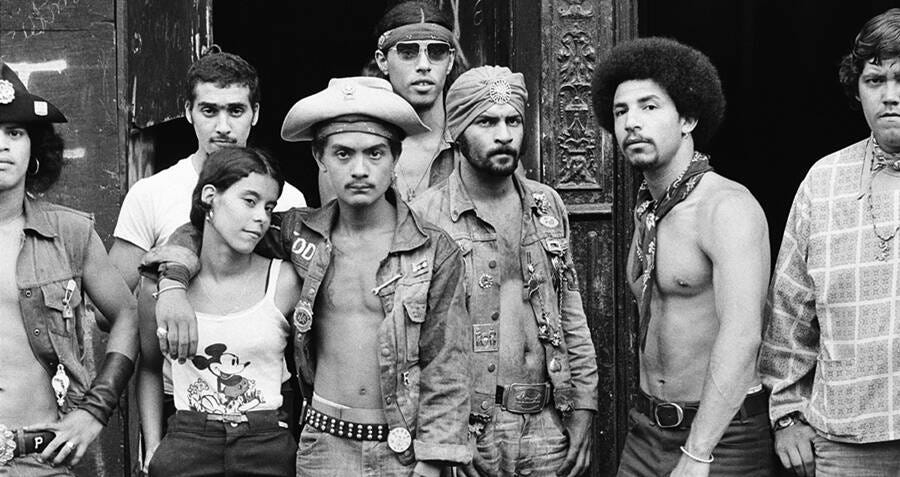How Bronx Gangs Battled Heroin Dealers In the 1970s
And whether this was good or bad
The public perception of a “gang” was largely informed by the movies, music, and media coming out of Los Angeles in the late 1980s and early 1990s.
You know: Blue and red, crack cocaine, drive-by shootings.
But gang culture on the other side of the country was radically different.
While researching my upcoming piece on the troubling life of Afrika Bambaataa for The Hip-Hop 25, I became fascinated by the Bronx gangs of the 1970s.
Famously portrayed in The Warriors, and more recently in The Get Down, these gangs were not only critical in the birth of hip-hop, but their styles and values were sui generis.
Influenced equally by West Side Story and the Hell’s Angels, some of these Puerto Rican and Black gangs worse swastikas and called their enforcers “Hitlers.” And many took drastic measures to protect their neighborhoods from heroin.


